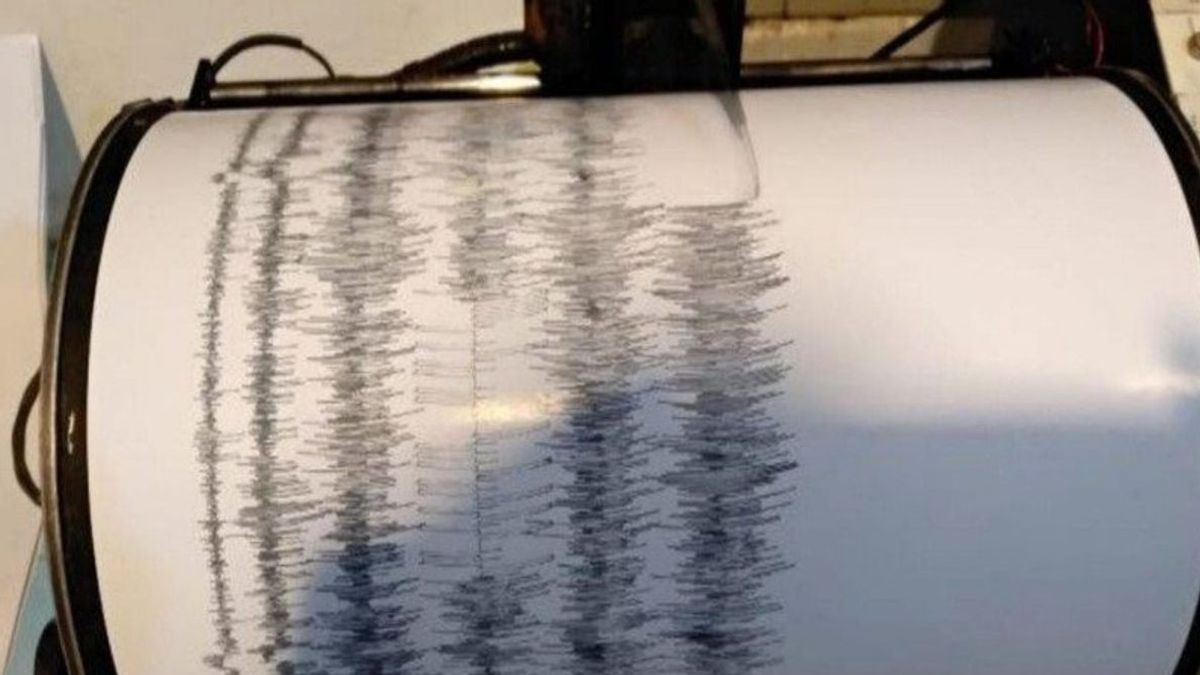JAKARTA - Engineer at the Center for Port Infrastructure Technology and Coastal Dynamics of the National Research and Innovation Agency (BRIN) Widjo Kongko said the Banten earthquake last week warned of the potential for a Sunda Strait megathrust earthquake that reached a magnitude of 8.7.
Widjo said that the 6.7 magnitude earthquake that rocked Banten on Friday, January 14 at 16.05 WIB became a sign that Indonesia is an area prone to earthquakes and tsunamis.
"The earthquake that occurred in Banten reminds us of the potential threat in Southern Java, the Sunda Strait, Sumatra, with its megathrust potential," said Widjo Kongko in a written statement quoted by Antara, Tuesday, January 18.
The doctor, who has studied the potential for megathrust earthquakes and tsunamis in South Java, said that the Banten earthquake occurred in an area known as a seismic gap, a zone that so far has not shown any seismic activity.
According to him, the potential for the Sunda Strait megathrust earthquake is 8.7 magnitude, but it could escape along with the segmentation above it, namely the Enggano megathrust, and the West-Central Java megathrust to the east.
"If the release of the potential earthquake occurs simultaneously, the magnitude of the earthquake can reach 9 or more. The energy generated from the potential earthquake is similar to the 2004 Aceh earthquake and tsunami," he said.
However, continued Widjo, because in general the sea depth in the earthquake source area was deeper than the 2004 incident, based on model calculations, scientifically the tsunami that occurred could be higher than Aceh.
But Widjo emphasized, the community does not need to panic, but together with the local government or the local Disaster Management Agency (BPBD) they can increase mitigation efforts.
Widjo said that on the downstream side, it was necessary to prepare the necessary disaster mitigation programs, including preparing a threat map and detailed risk map in each area.
Other mitigation programs are providing disaster education to the community, preparing appropriate evacuation sites, and routinely conducting simulations to deal with tsunamis.
Meanwhile, on the upstream side, studies on earthquakes and tsunamis need to be carried out continuously.
In addition, Widjo said it was important to understand the characteristics of the tsunami threat in Indonesia. The source of the tsunami in Indonesia is generally very close, about 100 kilometers from the coast, so that the travel time to land is very fast.
He emphasized the mitigation aspect that the community needs to do about the concept of self-evacuation and not relying too much on currently available technology.
Widjo said that in the future mitigation programs in small islands also need to be considered so that they are not only concentrated on large islands.
In addition, Widjo hopes that the development of the Indonesian Tsunami Early Warning System (InaTEWS), which has been running so far, needs to be optimized for use.
The InaTEWS includes, among other things, the Buoy facility which has been installed by the BRIN Technology Assessment and Application Research Organization off the coast of Bengkulu to Sumba, and is currently still functioning.
In this way, InaTEWS can help the community to obtain tsunami early warnings more accurately through information obtained by the Meteorology, Climatology and Geophysics Agency (BMKG).
The English, Chinese, Japanese, Arabic, and French versions are automatically generated by the AI. So there may still be inaccuracies in translating, please always see Indonesian as our main language. (system supported by DigitalSiber.id)













